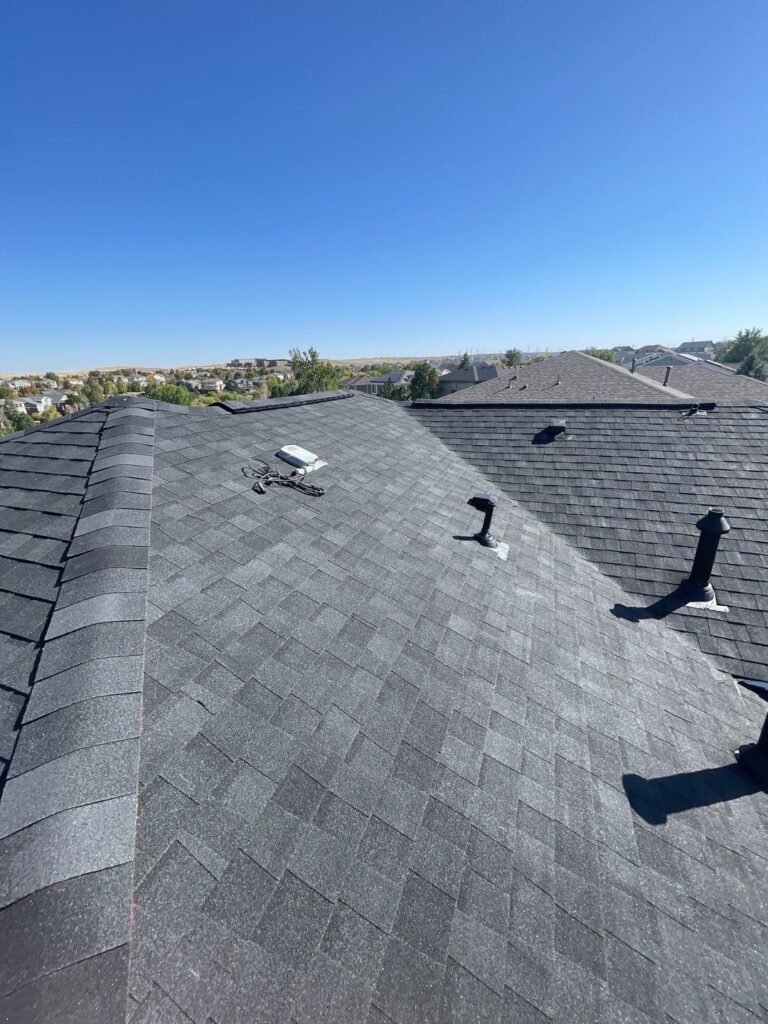When selecting a roofing material, homeowners must balance cost, durability, maintenance, and aesthetics. Two of the most popular choices are tile and shingle roofing. Each has distinct advantages and drawbacks, making the decision highly dependent on factors such as climate, budget, and personal preference.
Tile Roofing: Durability and Elegance
Tile roofing is widely recognized for its longevity and classic aesthetic appeal. Made from materials such as clay, concrete, or sand-cast, tile roofs add a timeless charm to any home.
Advantages of Tile Roofing
- Exceptional Durability
Tile roofs can last over a century with proper care. They are highly resistant to fire, moisture, and hail, making them an excellent choice for areas with extreme weather conditions. - Energy Efficiency
Due to their thermal mass, tile roofs help regulate indoor temperatures by reducing heat transfer. This leads to lower cooling costs in warmer climates. - Aesthetic Appeal
Available in various styles, colors, and finishes, tile roofing complements diverse architectural designs, from Mediterranean to contemporary. It can even mimic wood shakes or slate.
Disadvantages of Tile Roofing
- Higher Initial Cost
Tile roofing is among the most expensive options, both in terms of materials and labor-intensive installation. - Structural Considerations
Tiles are significantly heavier than other roofing materials. Homes must have a reinforced roof structure to support their weight, which may require additional modifications. - Fragility Under Impact
While tiles are extremely durable in normal conditions, they can crack if subjected to heavy impact from falling branches or debris. Repairs can be costly, as individual tiles must be carefully replaced.
Shingle Roofing: Affordability and Versatility
Shingle roofing, predominantly made from asphalt, is the most commonly used roofing material in the U.S. Due to its cost-effectiveness and easy installation, it remains a top choice for homeowners.
Advantages of Shingle Roofing
- Budget-Friendly
Shingles are more affordable than tile roofing, making them a practical choice for homeowners seeking a cost-effective solution. - Ease of Installation and Repair
Shingle roofs are quicker to install and repair compared to tiles. If damage occurs, individual shingles can be replaced without significant effort or expense. - Lightweight Construction
Unlike tile roofs, shingles do not require additional structural support, making them suitable for most homes without major modifications.
Disadvantages of Shingle Roofing
- Shorter Lifespan
Asphalt shingles typically last between 20 to 30 years, significantly less than tile roofs. They are also susceptible to damage from severe weather conditions such as hail, high winds, and extreme temperature fluctuations. - Less Energy Efficient
Shingles absorb heat, which can increase indoor temperatures and lead to higher cooling costs. Some energy-efficient shingle options are available, but they may not match the insulating properties of tile. - Aesthetic Limitations
While shingles come in various colors and styles, they lack the distinctive elegance of tile roofing and may not complement all architectural styles as effectively.
Choosing the Right Roofing Material for Your Home
The decision between tile and shingle roofing depends on several key factors:
- Budget: If affordability is a primary concern, shingles are the more economical choice. If long-term value and durability are priorities, tile roofing is worth the investment.
- Climate: Homes in areas with high temperatures benefit from the heat-resistant properties of tile, while shingles are better suited for regions with milder weather conditions.
- Structural Integrity: If a home cannot support the weight of tile roofing without reinforcement, shingles provide a practical alternative.
- Aesthetic Preferences: Tile offers a timeless, high-end appearance, while shingles provide versatility at a lower cost.
For homeowners in need of expert guidance on roofing in Denver, Tried and True Roofing offers top-tier solutions tailored to local climate conditions. Whether you opt for the longevity of tile or the affordability of shingles, professional installation and maintenance ensure that your roof remains a durable and valuable asset for years to come.
Conclusion
Both tile and shingle roofing have their unique benefits and drawbacks. Homeowners should weigh factors like cost, durability, climate suitability, and architectural style before making a decision. A carefully selected roof boosts curb appeal, increases energy efficiency, and ensures lasting protection for your home. Consulting with professional roofers in Denver will help ensure that you make the best investment for your property.
